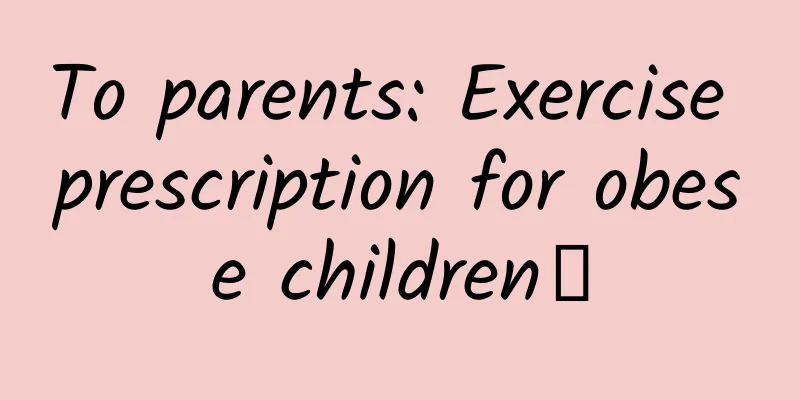What are the side effects of anesthetics for caesarean section

|
Nowadays, more and more pregnant women are undergoing caesarean sections. Due to adequate nutrition, the fetus is too large, resulting in difficult delivery or even dystocia. The caesarean section operation solves this problem, resulting in this phenomenon. Cesarean section, also known as cesarean section, is a relatively popular method of delivery. Cesarean section surgery involves the administration of anesthesia. So what are the side effects of cesarean section anesthesia? Comparing cesarean delivery with natural birth, the biggest advantage is that it is painless. Do you know why cesarean section can reduce pain? That's because it requires anesthesia. The sequelae of cesarean section anesthesia are something that mothers are very worried and afraid of. What effects will cesarean section anesthesia have on the mother? Today, the editor will give you a detailed introduction to some knowledge about the sequelae of cesarean section anesthesia. Friends who are interested can take a look, or share it with the expectant mothers around you! Sequelae 1: Back pain, physical discomfort Some women who have undergone caesarean section may sometimes feel back pain, pain in the area where the anesthetic was injected, or even fatigue. This may be a sequelae of the anesthetic, but the symptoms are generally mild and will not last too long. Only sensitive women can feel it, and this symptom will disappear on its own after half a year without treatment. Experts say that most women who have just given birth feel that they have sequelae of anesthesia for cesarean section, but these are actually psychological effects, and only a small number of people actually have sequelae of anesthesia for cesarean section. Sequelae 2: Pain after anesthesia If the pregnant woman has undergone a trial birth before a caesarean section, the regular contractions of the uterus cause strong pain, and the pregnant woman is relatively tired. After anesthesia, as the pain of uterine contractions disappears, the pain is relieved and some pregnant women will fall asleep immediately. The anesthesia effect is very good. However, there are cases where the anesthesia effect is poor. In this case, when removing the fetus and washing the abdominal cavity (the so-called splashing sound), the pain caused by traction is very uncomfortable. After the baby is delivered, the doctor will use some analgesics and sedatives to relieve the pain of the mother, so that the mother will have a strong sleepiness and thus reduce the pain. |
<<: Pulse test for pregnancy in early pregnancy
>>: What to do if pregnant women have rhinitis and itchy eyes
Recommend
Girls should make their upper body attractive
In order to achieve better results when using bre...
What should I do if my breasts become swollen and painful due to weaning?
Weaning is a measure taken by mothers when the qu...
What causes breast tenderness on the second day of ovulation?
When women ovulate, their bodies will show some s...
Bacterial vaginitis cure
Bacterial vaginitis is a vaginitis caused by a va...
Green discharge from vagina
If there is green secretion in the lower body, it...
What is the effect of mung bean paste mask
I believe everyone knows that mung beans play an ...
Vaginal opening enlarged after childbirth
For women who give birth naturally, it is common ...
Why are purple sweet potatoes bitter? Is it better to store purple sweet potatoes in the refrigerator or at room temperature?
Purple sweet potato, also known as black sweet po...
How many months of pregnancy can you have a painless abortion?
Painless abortion can be performed in the early s...
Symptoms of incomplete uterine evacuation of hydatidiform mole
In life, once a hydatidiform mole occurs, it need...
Farting is a sign of successful conception
Many women will show various symptoms from the mo...
The menstrual period is over and there is blood again after 5 days
Women have their periods every month, and there i...
There is a lot of clear mucus in menstruation
Once women find that their menstruation is abnorm...
Is severe cervical erosion serious?
What are the symptoms of moderate to severe cervi...
What to do if your legs get cold after a miscarriage
A woman's body is very weak after a miscarria...









